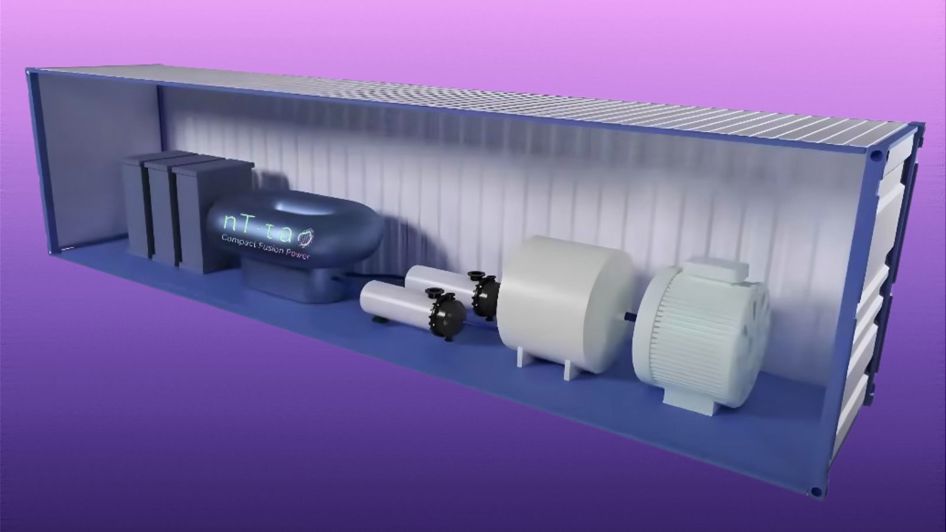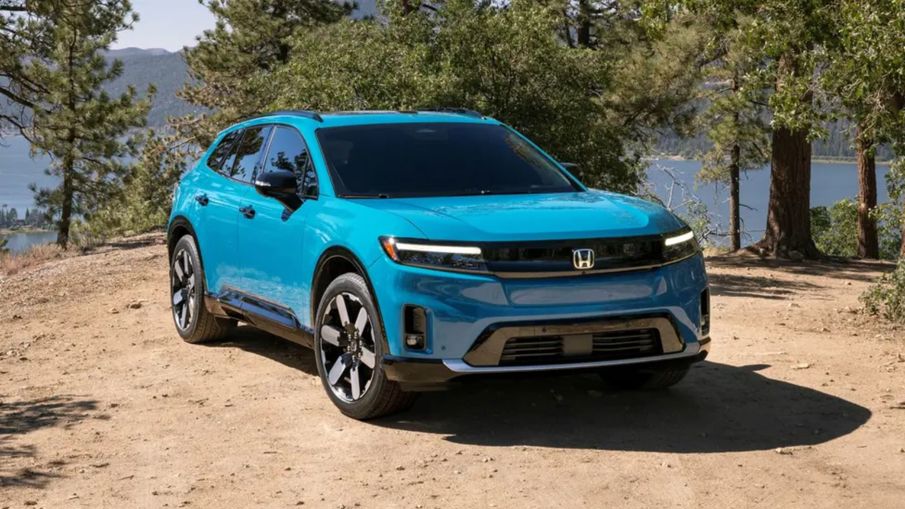While electric vehicles (EVs) offer a cleaner alternative to traditional petrol and diesel cars, their reliance on conventional charging stations raises a crucial question: where does the electricity come from?
For many, the answer remains the same - non-renewable sources like coal and gas, undermining the environmental benefits of EVs.
But a cutting-edge Israeli company, NT-Tao, is proposing a revolutionary solution: nuclear fusion, the power of the sun bottled in a shipping container.
Backed by Japanese automotive giant Honda and fuelled by Israeli government funding and collaboration with Princeton University, NT-Tao is developing miniature nuclear fusion reactors capable of powering EV charging stations.
These "Tao Machines", as they're called, are envisioned to be compact enough to fit inside a cargo container, generating between 10,000 and 20,000 kilowatts of electricity – enough to juice up a thousand EVs at once.
Harnessing the sun's power on earth

Nuclear fusion, replicating the reactions that power our sun, holds immense promise as a clean and virtually limitless energy source. By harnessing this potential, NT-Tao aims to break the dependence of EV charging infrastructure on fossil fuels, creating a truly green transportation ecosystem.
Cost and complexity

Honda's interest in the technology is no surprise. The Japanese automaker is deeply invested in electrification, and fusion-powered charging stations could be a game-changer for their EV ambitions. While the initial investment for a 20-megawatt Tao Machine is estimated at a hefty US$70 million to $100 million (between NZ$112 million and $160 million), the long-term benefits could be substantial.
A glimpse into the future of clean mobility?
But NT-Tao's vision extends beyond EVs. These miniature fusion reactors could potentially power industrial facilities, remote communities, and even entire towns, offering a decentralised and sustainable energy solution. The company emphasises the flexibility of the Tao Machine, highlighting its ability to connect to the grid or operate independently, making it adaptable to diverse needs.
While the road to commercialisation remains long, with demonstration units expected by 2029 and widespread adoption targeted for the 2030s, NT-Tao's vision represents a bold step towards a future where clean energy fuels not just our vehicles, but our entire lives. The marriage of electric mobility and nuclear fusion could be the key to unlocking a truly sustainable future, one powered by the sun, right here on Earth.





